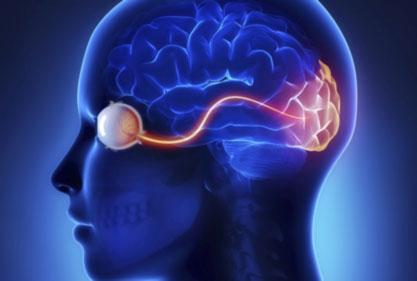
The Fluidity of Vision
New research from McMaster University indicates that the visual cortex develops well past 5-6 years of age as previously thought – it could progress all the way until age 40. Kathryn Murphy, professor and lead researcher in the study, sampled post-mortem brain tissue in people spanning from 20 days to 80 years of age. Her findings demonstrate that a variety of glutamatergic proteins mature and peak at different ages, resulting in a visual cortex that is always developing and changing at every stage of life.
The study revealed that proteins GluN1, PSD-95, and GluA2 dominate in the visual cortex between 5-11 years of age. This period of development is when children typically develop amblyopia, or “lazy eye”. By 40 years of age, the protein GluN2A dominated in the brain, but then decreased by roughly 75% after adults reached 55 years old. This drop in GluN2A may explain trends in dramatic visual acuity loss for people over 55 and the elderly.
Murphy is hopeful that her research, although solely based in the visual cortex, will spur greater investigation on development in other brain regions. She says, “Our idea of sensory areas developing in childhood and then being static is part of the challenge. It’s not correct.”
Pursuing visual corrective therapies past pediatrics has an even greater purpose now that we know the visual cortex is constantly developing and changing. Those who suffer from amblyopia or other eye disorders do not necessarily only need to crunch therapy into childhood years. In addition, visual acuity tests and vision check-ups should regularly continue into adulthood and beyond. Our vision needs constant care regardless of age!
Source: Sci News
Have a thought about this article? Contact Us and let us know.